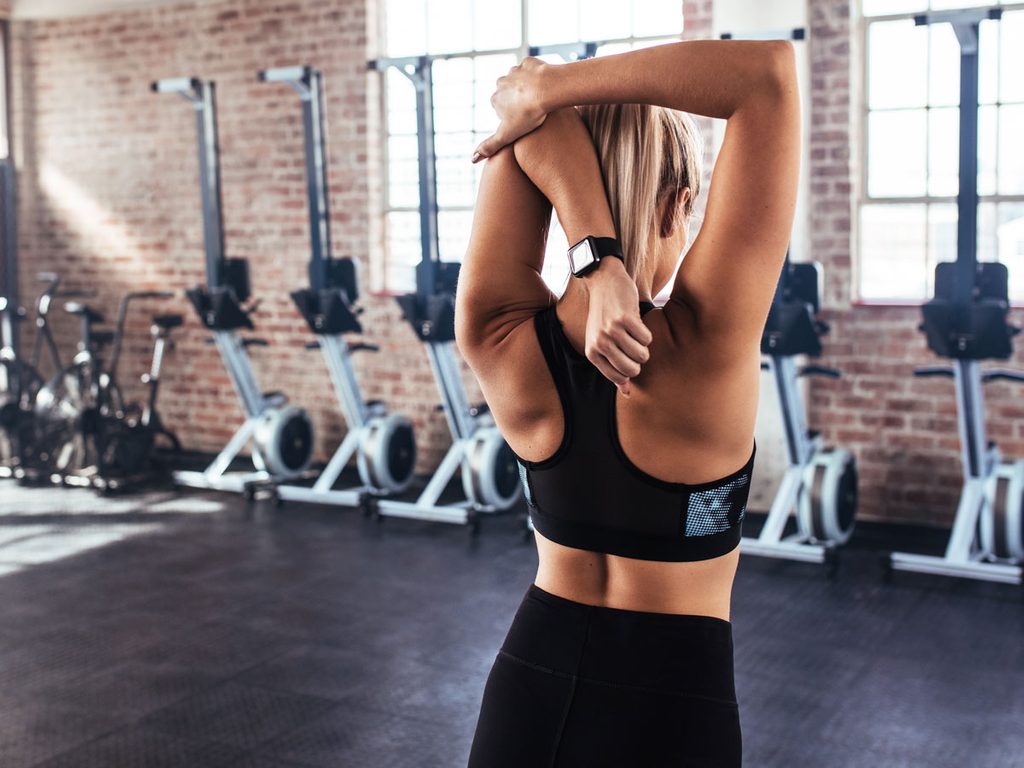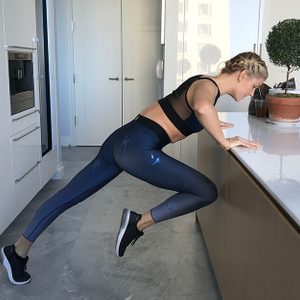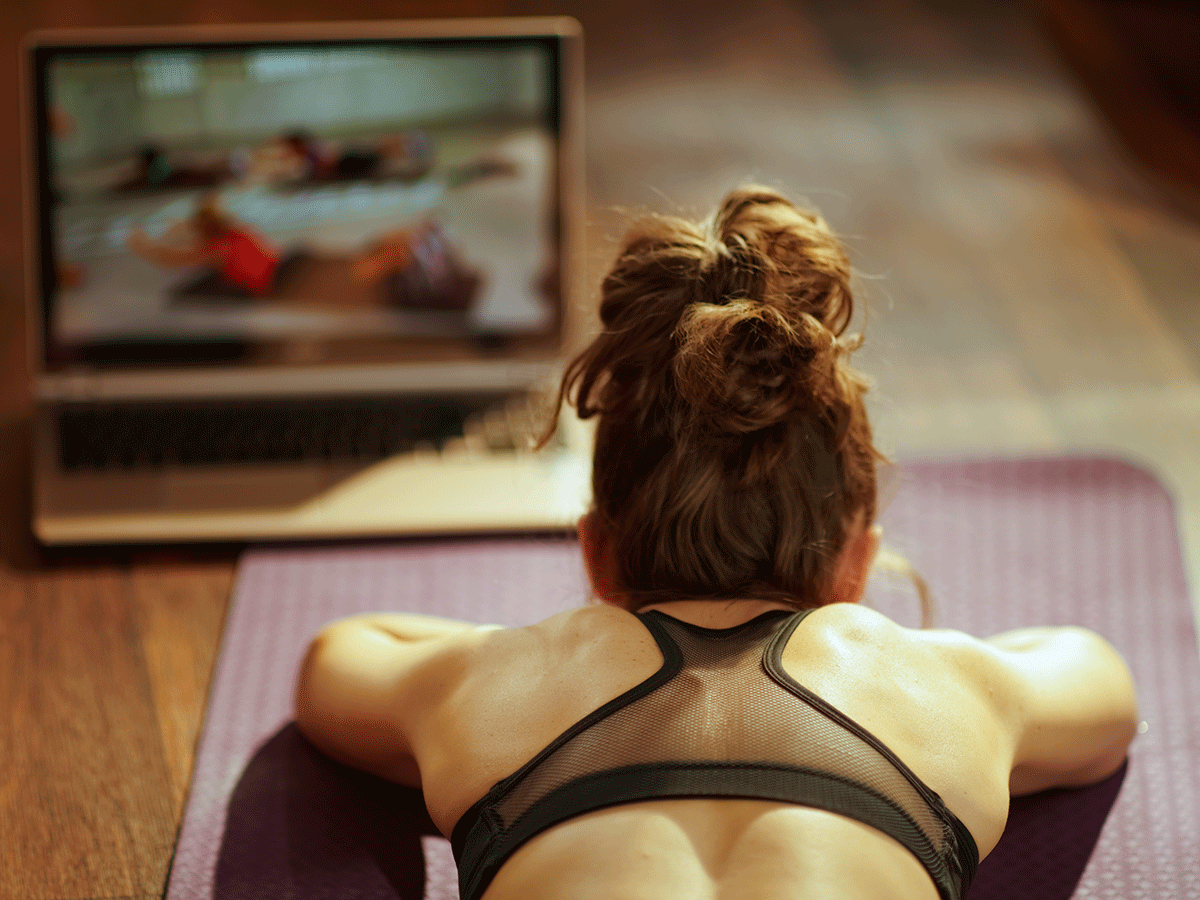How Will Fitness Studios Operate During Covid-19?

After being closed for over two months, independently-owned fitness studios and gyms are starting to reopen in Canada.
Although fitness studios and gyms were some of the first businesses to close their doors amid the Covid-19 pandemic, the industry was quick to pivot to online services through offering at-home streaming workouts. But as provinces begin reopening preparations for fitness facilities across the country, it’s hard not to wonder what an in-studio workout or gym session will look like post-quarantine. So, to get a better glimpse at this “new normal,” we spoke with Scott Wildeman, president of the Fitness Industry Council of Canada (FIC), to share some insight into how the fitness industry plans to reopen.
How fitness facilities will change when they reopen
While fitness facilities in Ontario are still awaiting their green light, reopening guidelines have been released for Alberta and British Columbia. But because the health authorities are mandated provincially, Wildeman warns that each provincial guideline could have some nuances. “That’s why it’s important for fitness facilities to start thinking about their initial reopening plan,” he says, “so when guidelines do come out for their province, it will be easier to add in any safety practices that are missing.”
Sweat and Tonic, a Toronto-based wellness hub, has spent quarantine gearing up for their reopening plan since early April. “I led a project team to drive all of the different actions that we’d have to consider based on the assumptions of what governments required of businesses to reopen in other countries, from what the space would need to look like to how we should prepare our HIIT, spin and yoga studios,” says founder David Ingram. “We were also lucky enough to enlist the support of some local health workers to give us advice on the safety measures and checks that may need to be put in place.”
Fitness studios and gyms will look a lot different than they did just a couple of months ago.
British Columbia’s new check-in procedure will require contactless payment, pre-bookings, and a heath screening of all guests. “As an industry association, temperature checks are not recommended,” explains Wildeman. But a facility can always incorporate that as a procedure if they wish.
In general, though, the industry is in a unique position when it comes to health and safety: participants can clean their dumbbells, spin bike or yoga mat before they touch it. Studios should have plentiful hand wipes, equipment wipes, and hand sanitizing stations. “I think one of the things that really differentiates our industry from other retail experiences is that members have the opportunity to sanitize and clean everything they touch before they use it,” says Wildeman. “They’ve always said wipe up after yourself, and now we’re saying clean before and after.” Facilities will also be devoting time to do a deep clean (using proper disinfectant) in between workout sessions to help reduce the spread of Covid-19. Ingram estimates an hour gap between one class finishing and the next class beginning.
Social distancing measures
If mandated by the provincial health authority, facilities will be required to upgrade their air filtration systems to hospital-grade HEPA filters to prevent the spread of airborne transmission. If there’s no such mandate, the FIC recommends to simply adhere to the proper social distancing measures.
As for what is considered “close contact” when working out, “right now our guideline says two metres or six feet,” says Wildeman. It’s important for facilities to be cognizant of social distancing, and most will accomplish that by equipment spacing or barriers, depending on the size of the facility. Ingram anticipates that his facility will have a six-foot gap and a plexiglass divider between each person—whether that’s in his yoga, ride, or HIIT studio.
Due to such social distancing measures, fitness facilities won’t be able to operate at full capacity. “There will likely be 40 percent of the class size that we had prior to Covid-19,” says Ingram. This will help everyone in a class, including the instructors, keep a six-foot distance.
Should face masks or gloves be worn when working out?
“Staff might be wearing face masks while instructing a class, but to wear one during exercise might be challenging,” says Wildeman. Ingram agrees, which is why he plans to set up each studio according to the appropriate social distancing measures so that people can enjoy their class without having to wear one.
As for gloves, they give a bit of a false sense of security. “There is some line of thinking that gloves prevent people from touching their face, but that’s not the case,” warns Wildeman. “It’s important to focus on handwashing and hand sanitization due to the false sense of security.” But if people wish to wear gloves or a face mask for an added layer of protection, Ingram plans to have them on hand.
How Covid-19 will affect the fitness industry long-term
The fitness industry will most likely remain a blend of in-studio and online offerings, says Wildeman. Ingram agrees: “Whether our customers want to come into the studio or enjoy a workout from the safety of their own home, it’s important that we invest in both platforms in order to continue to do well.” I think we have to plan, invest, and spend with that in mind, he adds.
But despite Sweat and Tonic maintaining a strong online presence with their live and on-demand classes during this time, there is a bit of worry that comes with reopening. “I think at the beginning there’s going to be a natural nervousness on everyone’s behalf, which we totally understand,” says Ingram. Apart from that, “we hope people have some confidence that we’re looking out for them and doing our very best to invest in the safety measures that are needed to protect them.”
Ultimately, the initial reopening of fitness facilities in Ontario is still uncertain. But, “from the calls I’ve been on with boutique fitness studios, larger gym chains, recreation centres and non-profit facilities, everyone is committed to doing this right,” says Wildeman. “We treat this very seriously, and I think the consumers can be really confident in their local facilities.”







